If Google is showing you this page directly, click here to go to the start of the review
iBasso DC-Elite – Sound Impressions
In this section, I will share the findings from my tests with the DC-Elite under ideal conditions.
The DC-Elite has a sound signature that immediately wows. The last time I experienced something similar with a portable device was with Lotoo Paw Gold, which had a similar, dynamic, and rhythmically magical signature that felt alive from the first try. The transients are transparently conveyed to the listener in a way that is easy to discern and follow. I believe this is the main reason why it echoed with the LPG player in my mind. The rendition of the DC-Elite is very similar; the end-to-end extension is definitive, clean, and emphasized. You know precisely when the dispersion starts and ends, as well as the attack. This, of course, translates into a signature that is dynamic, technically proficient, and detail-oriented.
For example, the initial energy that a percussion strike creates is conveyed in a clean and clear manner by the DC-Elite, which immediately gives it an edge and turns on the toe-tapping section of the listener’s primary motor cortex. The DC-Elite feels very fast, PRaT-wise, and has an excellent tonal balance, making it an ideal companion to any IEM.
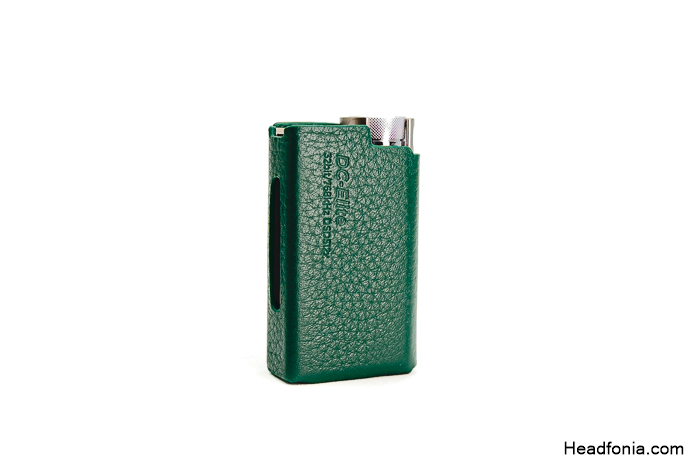
Its signature can be labeled as neutral-warm, but it is more complicated than that. It has an impressive dynamism; therefore, whatever IEM you pair it with will benefit from this boon. A prime example can be heard with an IE600, an IEM with only a dynamic driver (a well-implemented one), and it scales and reflects sources very well. Pairing it with the DC-Elite immediately turns it into this exciting, dynamic, Harman-inspired delight of an IEM. Conversely, pairing it with a G5 results in a more linear, less exciting, and, more importantly, a more claustrophobic experience. I’ll go in-depth with these comparisons, but let’s talk about individual ranges first.
Lows
The DC-Elite delivers a bass presentation characterized by impressive depth, dynamic impact, and superb control. Lows can shift seamlessly from quick, snappy attack to deep, textured rumble, responding effortlessly to the track’s demands. This precise control ensures well-defined boundaries within the low-frequency range, delivering impactful bass without muddying the overall presentation. The impact is the highlight here; it hits hard and recuperates fast, leaving you with an energetic and dynamic sensation.
Mids
The midrange feels perfectly balanced and spacious. Vocals and instruments are positioned slightly distant from the listener, creating a sense of air and giving vocals space to breathe. The DC-Elite features a tastefully tuned note thickness, lending a natural weight to instruments that improve realism. The upper mids have excellent energy and are very resolving. The excellent PRaT and slightly distant staging do wonders here to prevent congestion in complex passages. The detail level is impressive, even more so than the Mojo 2. Both male and female vocals feel clear and articulate, and I encountered no harshness in the upper midrange, even with a wide range of IEM pairings. Overall, it has a solid midrange for the price that can rival some of the solid competitors like the Mojo 2.

Highs
Treble is my favorite region of the spectrum, thanks to its excellent extension. It feels very natural, articulate, and controlled, yet sparkly. You can hear instruments reaching their top octave, and somehow, DC-Elite steers clear of the sharpness and discomfort. The transients are fast, agile, and clean. The treble disperses beautifully in a relatively large soundstage. Overall, it has excellent top-end performance. There is not much to say about it other than “Wow.”
Technical Capability
I covered some of it in the sound impressions section, and to build on that, let’s talk about the soundstage, instrument positioning, and layering. First off, DC-Elite has an impressive stage with great depth and width. It’s also wide vertically. The instrument positioning is precise, and there is ample air between the instruments. The DC-Elite nails the layering and positioning, and it has no match in this regard. I am genuinely surprised by the level of performance here.
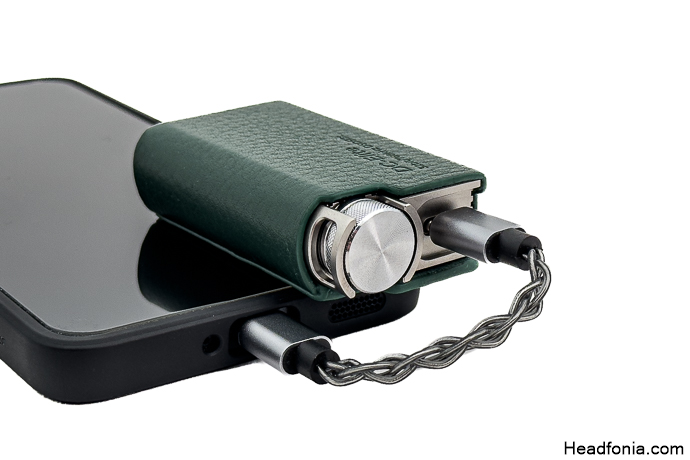
Comparison
vs. Topping G5 ($299 USD)
The G5 is one of my favorites when it comes to price-to-performance, and it has been a great year or two using it as the portable benchmark along with the Mojo 2. It features a linear signature with great tonal balance. It utilizes an ESS ES9068 DAC chip accompanied by Topping’s NFCA amplifier circuitry.
Compared to the G5, the DC-Elite feels more dynamic, with better detail retrieval, better PRaT, and overall more spacious staging. The DC-Elite layers instruments better, and tracking individual instruments on a crowded stage is easier with it. Also, I believe the biggest difference between the two is the presentation and the resolution. The DC-Elite sounds exciting with its superior end-to-end extension, detailed take on the sound whereas the G5 is more linear with inferior resolution.
Is it worth the $200 USD difference? That’s a question only you can answer. If your IEM arsenal is broad and you are searching for something more exciting and more dynamic, then sure, why not? If you have a limited budget, I’d say it’s not worth the premium since G5 can be picked up from 250-ish USD nowadays.
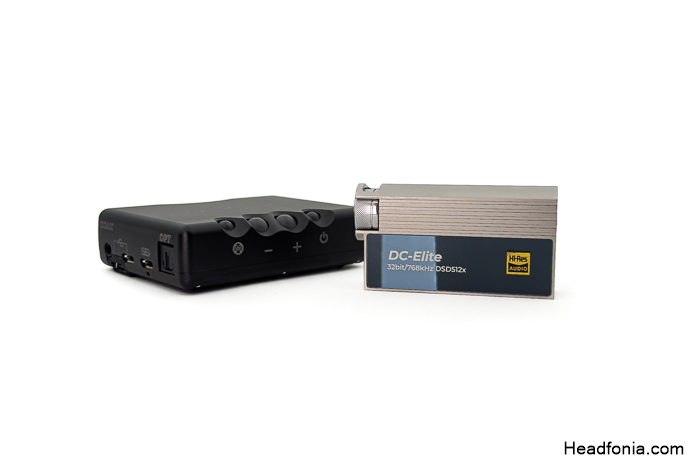
vs. Chord Mojo 2 ($650 USD)
The Mojo 2 is one of the GOATs of the portable world. The same cannot be said for the Mojo 1, but the Mojo 2 is a success in almost every way, and it is a benchmark for many audiophiles around the world, including myself, in the sub-700 price bracket. Clashing these two was hard and took a lot of time. I must state that both devices are excellent DAC AMPs, and these are only marginal differences.
I’ve been using Mojo 2 for 6+ months and DC-Elite for the past month. The DC-Elite outperforms the Mojo 2 regarding soundstage width and depth, treble extension, and mid-bass control. The Mojo 2 emphasizes vocals and offers a more in-your-face soundstage in A-B comparison. On the other hand, DC-Elite’s tonality feels slightly more colored. They both have a similar resolution, but I think DC-Elite does a better job of revealing the small details in ideal conditions (when fed from a computer).
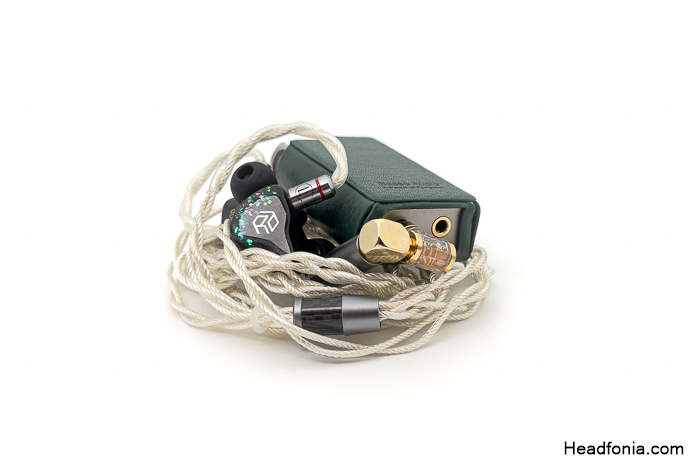
Last Words
In terms of sound quality, the DC-Elite offers a performance far beyond the ”dongle” level. It is successful in many categories, such as instrument positioning, articulation, soundstage, separation, and layering. It can easily trade blows with its competitors, such as Mojo 2. Despite its quirks, I believe it is only logical to award it with our HFN Recommended Award.
Summary
Pros:
+ Excellent Sound Quality
+ Great Price-to-Performance Ratio
+ Excellent Dynamics
+ Excellent Technical Capability
+ Excellent Design
Cons:
– High power requirement
– Some Quirks
Page 1: iBasso, DC-Elite, Packaging & Accessories, Design & Build Quality, App Support, Technicalities & More.
Page 2: Sound Impressions, Low, Mid, High, Technical Capability, Comparison, Last Words





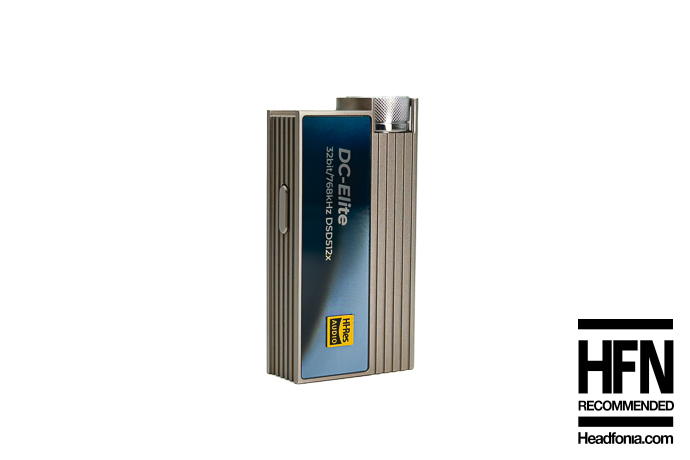

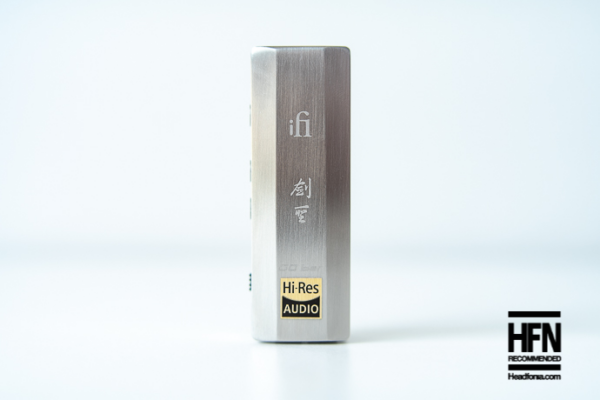
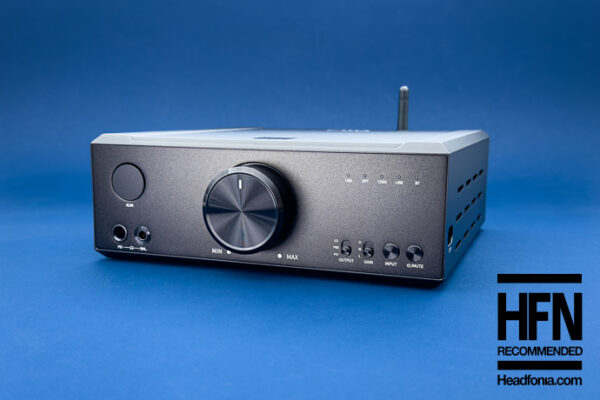
Haodong Li
So after all this time have you heard of luxury and precision w4?
Tibor
Hello, good stuff, nice reading, ty.
So it is possible for you to do some comparisons with desktop gear please?